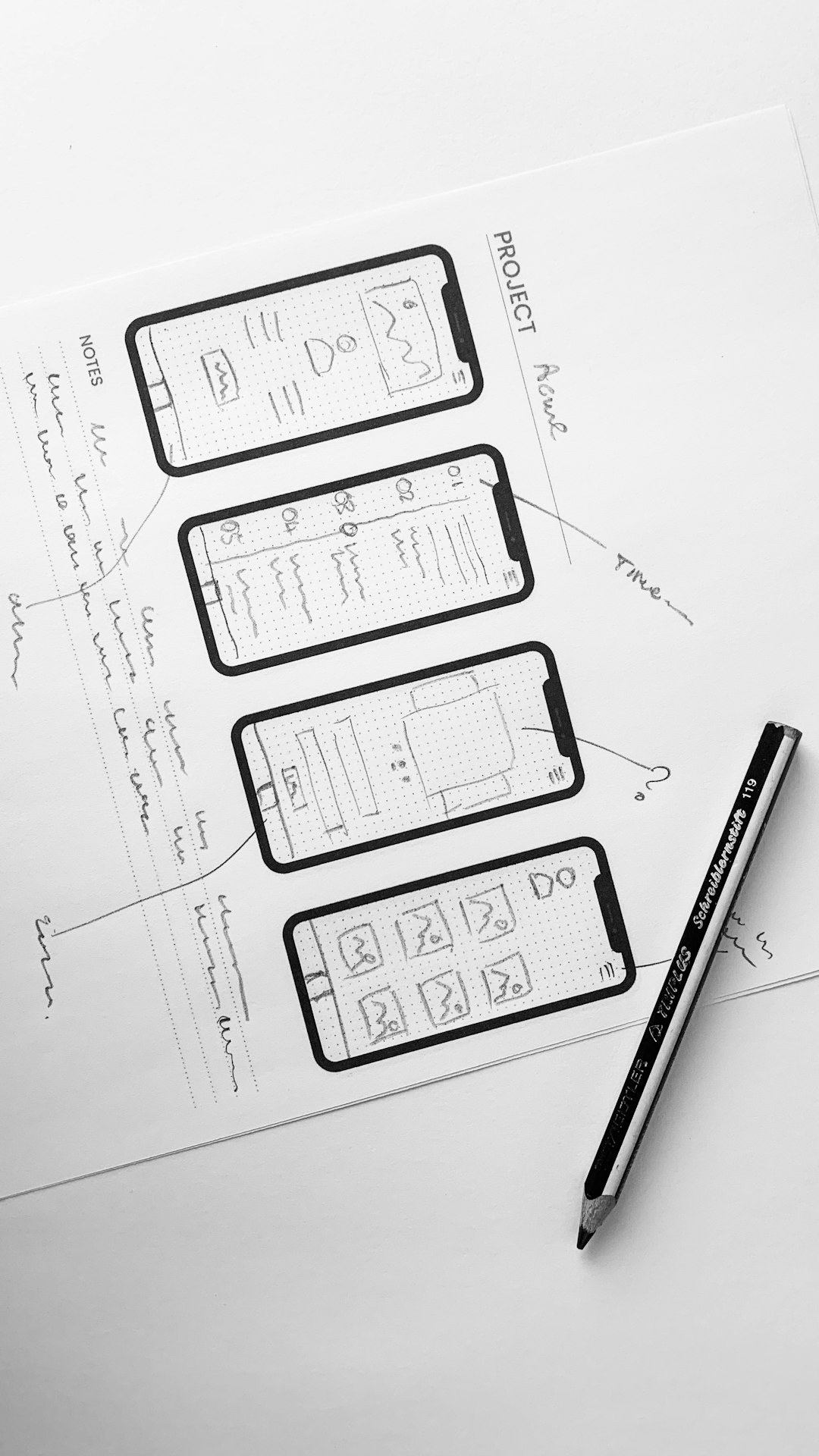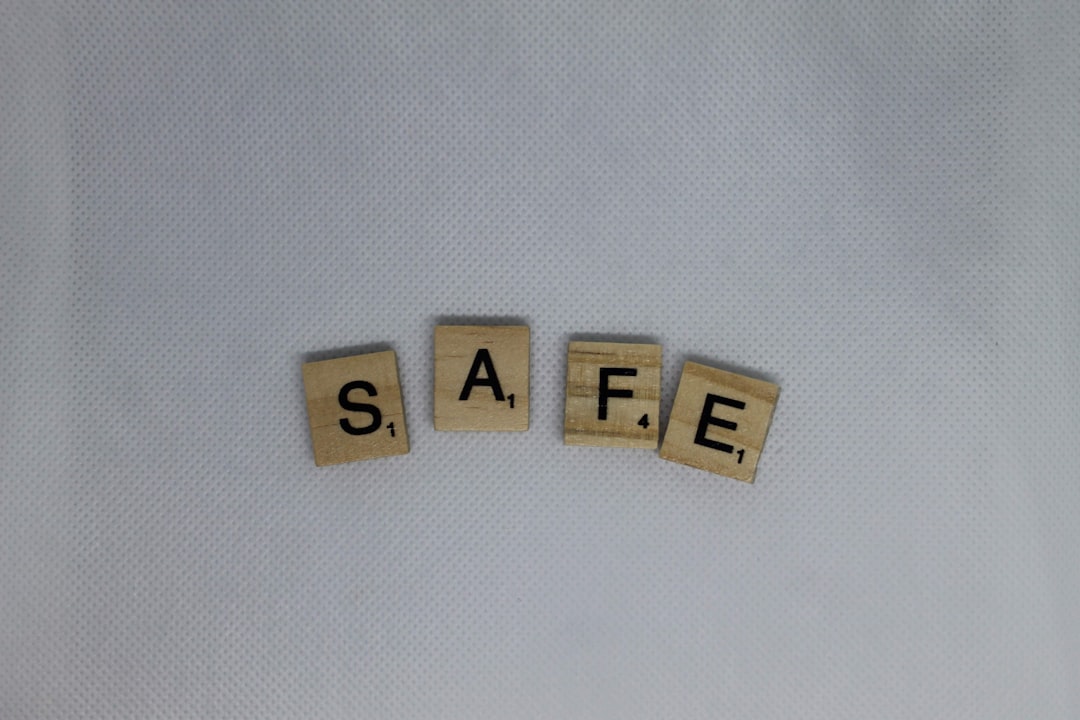In the ever-evolving digital age, a brand’s first impression often happens on social media. Whether it’s on Twitter, Facebook, LinkedIn, or YouTube, header images are a prominent feature of brand profiles. These headers are more than just decorative banners—they are branding tools. However, as platforms vary in dimensions and auto-cropping practices, maintaining a crisp, professional logo in every scenario becomes a pivotal design challenge.
TL;DR
Social media platforms apply different cropping rules and recommended sizes for header images, making logo presentation inconsistent across platforms. To ensure brand consistency, it’s crucial to use high-resolution logos, mindful placement, and adaptive design layouts. Keeping logos crisp at every crop involves understanding each platform’s safe zones, file formats, and responsive design strategies. This optimization not only preserves brand integrity but boosts visual professionalism and trust with audiences.
The Cropping Dilemma: How Platforms Handle Headers
Each social media platform has its own specifications for header images—varying in aspect ratio, resolution, and even automatic zooming behaviors. Improperly prepared headers often result in logos being cut off, pixelated, or awkwardly placed.
- Twitter: Recommends 1500 x 500 pixels, but crops on mobile can significantly reduce usable space.
- Facebook: Suggests 820 x 312 pixels, but images appear as different sizes on desktop vs. mobile.
- LinkedIn: Offers a recommended 1584 x 396 pixels, again with platform-dependent cropping.
- YouTube: Demands a massive 2560 x 1440 layout, which looks drastically different across devices (TVs, desktops, tablets, and mobile phones).
This variance means that simply uploading a header that looks good on one platform does not guarantee it’ll look good elsewhere. Especially for logos, positioning is everything: if it’s outside the “safe zone,” it may disappear on smaller viewports.
Strategies for Maintaining Logo Quality
To present a crisp, undistorted brand identity, digital designers and marketers must embrace strategic solutions tailored to each platform’s nuances. Below are top strategies and considerations:
1. Use Vector Logos for Scalable Clarity
A logo saved in vector format (like SVG or EPS) ensures it can be resized infinitely without quality loss. Although social platforms require raster formats (like PNG or JPG), beginning from a vector source allows the export of high-resolution images optimized for specific platforms.
2. Center-Balanced Design with Safe Zones
Most header designs should concentrate critical content (like logos or text) within the center of the graphic, especially for mobile viewing. Designers often refer to a “safe zone” during layout to prevent awkward cropping.

Tips for Safe-Zone Design:
- Keep key elements within the inner 60% of the width of header.
- Leave generous horizontal padding around the logo.
- Avoid placing the logo near text or edges to allow breathing room.
3. File Format and Compression Matters
High-res doesn’t always mean heavy file sizes. Over-compressed images often lose sharpness, especially for thin lines and fine logo details. Use PNG format for logos with transparency or fine edges, and make sure to export at 2x the display resolution when possible.
4. Consistency Across Platforms
Each header should communicate a unified branding message. While the layout might flex per platform, logos should retain size, color, and orientation consistency across each profile to foster familiarity.
Consistency checklist:
- Same logo version (not an alternative or older version)
- Same color palette and saturation levels
- Uniform spacing between logo and other elements
5. Test Across Devices
Before finalizing a header, test it across desktop, mobile, and tablet mockups. There are several online tools and template files that showcase safe zones for most primary platforms.

Design teams are encouraged to preview headers in real-time during uploads to catch any unexpected issues. Sometimes, the placement looks good on a browser but shifts on a mobile app.
Common Design Pitfalls to Avoid
Even seasoned designers make mistakes when adapting headers for multiple platforms. Some of the most frequent include:
- Cropped logos: Not following safe zones leads to logos being partially hidden.
- Low-resolution uploads: Starting with a pixelated image results in blurry displays.
- Overlaid text blocking logos: Social platforms often place UI elements that can cover content—avoid placing logos near those areas.
- Busy backgrounds: Highly detailed backdrops make logos less readable.
Using Templates and Automation Tools
To simplify the workflow, many design platforms like Canva, Figma, and Adobe Express offer pre-built header templates with defined guides and safe zones. These help users seamlessly adjust their logo and design components to comply with platform standards. Tools like Brandfolder or Pablo can also automate resizing across formats.
Save Time, Retain Quality:
- Use header templates with platform-specific guides
- Maintain a shared style guide for teams
- Automate resizing with design systems or plugins
A Brand’s Reputation Rests on Visual Fidelity
Whether a startup or an enterprise, how a logo appears in social headers can subtly frame a customer’s perception. A pixelated or half-visible logo gives the impression of amateurism; a crisp, well-placed logo conveys professionalism and care. With millions of users scrolling through social profiles daily, those details matter more than they appear.
Ultimately, investing time in refining social headers pays off in stronger brand presence, higher recognition, and better visual engagement.
FAQ
What is a “safe zone” in header design?
The safe zone is the central area in a header image where key elements like logos or text should be placed to avoid cropping across different device screens. It’s typically the middle 60–70% of the image.
Which file format is best for social headers?
PNG is often the best choice due to its lossless compression and support for transparency. It keeps logos sharp and clear compared to JPG, which can blur edges under compression.
Can a single header design work for all platforms?
While it’s possible with a well-balanced layout, truly optimized branding often requires slight variations for each platform. Creating adaptive versions specific to each site ensures logos stay crisp and visible.
Why does my logo look blurry on social media headers?
This usually stems from uploading an image that’s too low in resolution or overly compressed. Always start with a high-resolution original and scale accordingly while maintaining clarity.
Are there any tools to preview header designs across devices?
Yes, tools like Smartmockups, SocialSizes.io, or even Adobe XD provide ways to preview how banner images appear on various devices and platforms. These can help ensure logos are well-positioned and not cropped.
By following these practices, designers can retain the integrity of a brand’s visual identity and ensure a stronger, consistent presence across the crowded social media landscape.
